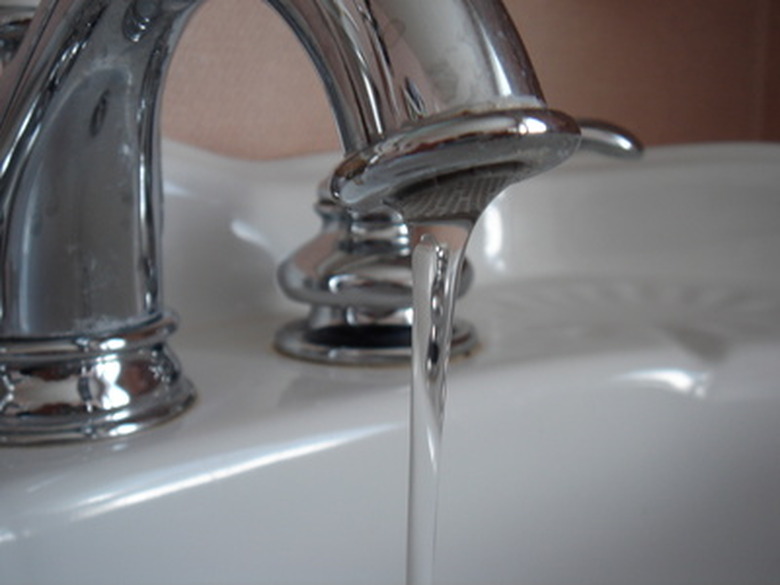Deionized Water Testing
Deionized water is a highly purified form of water in which all ions have been removed through a process called ion exchange. Ions that the deionization purification process remove include calcium, chlorides, and sodium. Deionized water can be used in the home to ensure that only the purest water is being used by your family. Additionally, deionized water has a large range of commercial and industrial applications.
Deionization Water Process
Deionization Water Process
Ions conduct electricity and these electrical currents pass through the water on the ions. That means that if you measure the electrical conductance of water, you will know the ionic content of water. When there are less ions in the water, it is more difficult for electricity to pass through the water. When the water is deionized, it has a much lower conductivity.
During deionization, positively charged ions, called anions, are exchanged for hydrogen and hydroxyl. Most water deionizers are filled with a resin that bonds with all other types of ions and removes them from the water, leaving only the hydrogen and hydroxyl ions behind. The other ions are physically displaced by concentrated acid and caustic within the resin bed and are subsequently stripped away. This process filters the water of ions.
Testing Deionized Water
Testing Deionized Water
Due to the enormous variety of deionizers available, the level of water quality one can expect to get from a deionizer also varies. The most effective way to determine the quality of purified water is by performing a resistivity and conductivity test using a conductivity / resistivity probe. Deionized water should have a resistivity of 18.2 million ohm-cm (18.2 mega-ohm) and a conductivity of 0.055 microsiemens. The amount of electrical conductivity of deionized water is determined by the amount of ionized particles present in the water. Resistivity and conductivity are simply a means of measuring this amount.
Instruments for Testing Deionized Water
Instruments for Testing Deionized Water
Instruments for testing the quality of deionized water can be either potable or installed in line with direct water flow. Portable testers are recommended for on-site work, however they are generally not as accurate as in line testers and should only be used where proper water deionization is not absolutely critical.
In line testing equipment automatically monitors all water coming through the line and should be installed so that the water reaches the tester after it passes through the deionizer's filter. In line testers are more accurate due to the fact that deionized water, once it leaves the pipe, will collect carbon dioxide from the air. Carbon dioxide will affect resistivity testing results and may therefore provide corrupted data.
Types of Deionizers
Types of Deionizers
There are four main kinds of deionizers: disposable cartridges, portable exchange tanks, automatic units, and continuous units. There are two-bed systems and mixed-bed systems, with mixed-bed being more effective in most applications.
Deionization vs. Distilled Water
Deionization vs. Distilled Water
Both deionized and distilled water are pure forms of water. Deionized water has all ions removed, which means all dissolved mineral salts. In comparison, distilled water is boiled and then evaporated and recondensed. This results in the removal of impurities from the recondensed water. Some water is double or even triple distilled, making it extremely pure.
Industrial Applications of Deionized Water
Industrial Applications of Deionized Water
Several industries rely heavily on purified water and, in particular, industrial grade deionized water. Among these are health care, laboratory, medical and pharmaceutical, cosmetics, electronics, food processing, and car washing.
